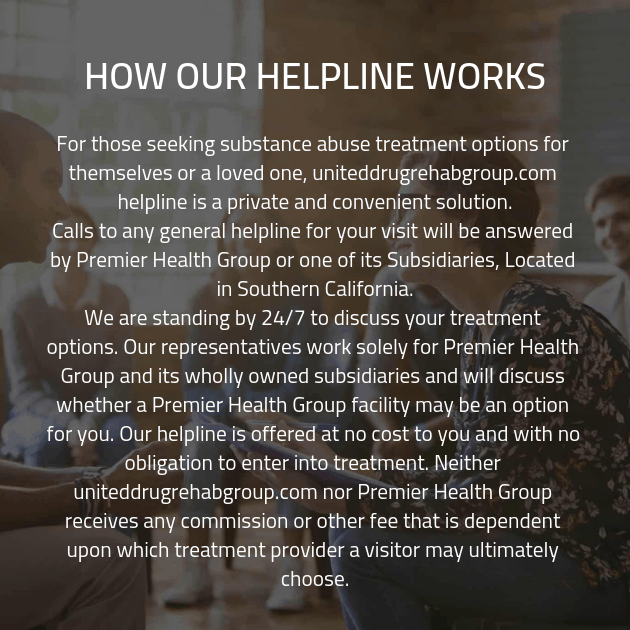Lacing Street Drugs For Addiction, Cutting Them For Profit
Cutting a drug is when a cheaper substance is added to a batch of something more expensive to increase the amount the drug dealer can sell. As one can imagine, this is a common practice. Lacing a drug with other chemicals is when a dealer adds an alternate substance into their product to change the high. Dealer’s benefit from the buyer’s addiction to the foreign chemical as well as extend their profit from simply getting to sell more of it.
Though the most commonly used drug is marijuana, laced cases of cannabis are thankfully low. Medical cannabis has, in a lot of ways, taken out the possibility of buying laced marijuana in legal states. Although, it is still possible to buy marijuana on the street laced with PCP, heroin, or cocaine. In this case, marijuana does not necessarily become cheaper due to its relatively inexpensive cost. Instead, dealers are trying to get their client hooked on a highly addictive substance. According to 12 Keys Rehab, lacing heroin with Fentanyl has led to 50 deaths in three states.
Cutting drugs, in contrast, is the attempt to make the narcotic go further in sales. The majority of the time the purpose is not to intensify the high. Instead it is hindered to produce a larger quantity of a less pure drug. That does not mean, however, that cutting drugs is not dangerous. Actually, considering dealers can cut drugs with whatever they see fit, you can end up with some pretty dangerous chemicals in your already dangerous substances.
Cocaine, considering its high price-tag, is commonly cut with many chemicals and powders. Drug dealers can cut coke with anything from baby powder to toxins like rat poison, detergent, or bleach. In fact, adding sodium bicarbonate or alkali to the already intricate process of manufacturing cocaine creates what we colloquially call crack, or crack-cocaine. Alkali is also commonly used in the process of making methamphetamines, or crystal meth.
Due to possible adverse and conflicting effects of two or more different chemicals, lacing and cutting drugs can be an extreme health risk, with the inexperienced user at an even greater risk. The unknown is by far the biggest health risk in purchasing laced drugs. Users of marijuana may find out that the cannabis was laced with heroin, and often instantly addicting and highly habit forming substance. According to the Center of Substance Abuse Research, smoking marijuana that is laced with Formaldehyde has a similar high to PCP, but “Formaldehyde is a known carcinogen linked to nasal and lung cancer.” Lacing pure MDMA or Molly, the chemical found in ecstasy, with Bath Salts which is a wild-card cocktail of chemicals. Additionally, Molly is created in a lab and it is possible to know exactly what you are getting.
Whether you took the laced drug by accident or on purpose, becoming addicted to a substance either known or unknown to you, conjures the need for special assistance immediately. Attending a clinically managed detox facility will help you identify what it is you are addicted to and will help you relieve the burden of dependence, after an extensive long-term Dual Diagnosis treatment. Please call United drug rehab centers if you addicted to a laced or cut drug.



